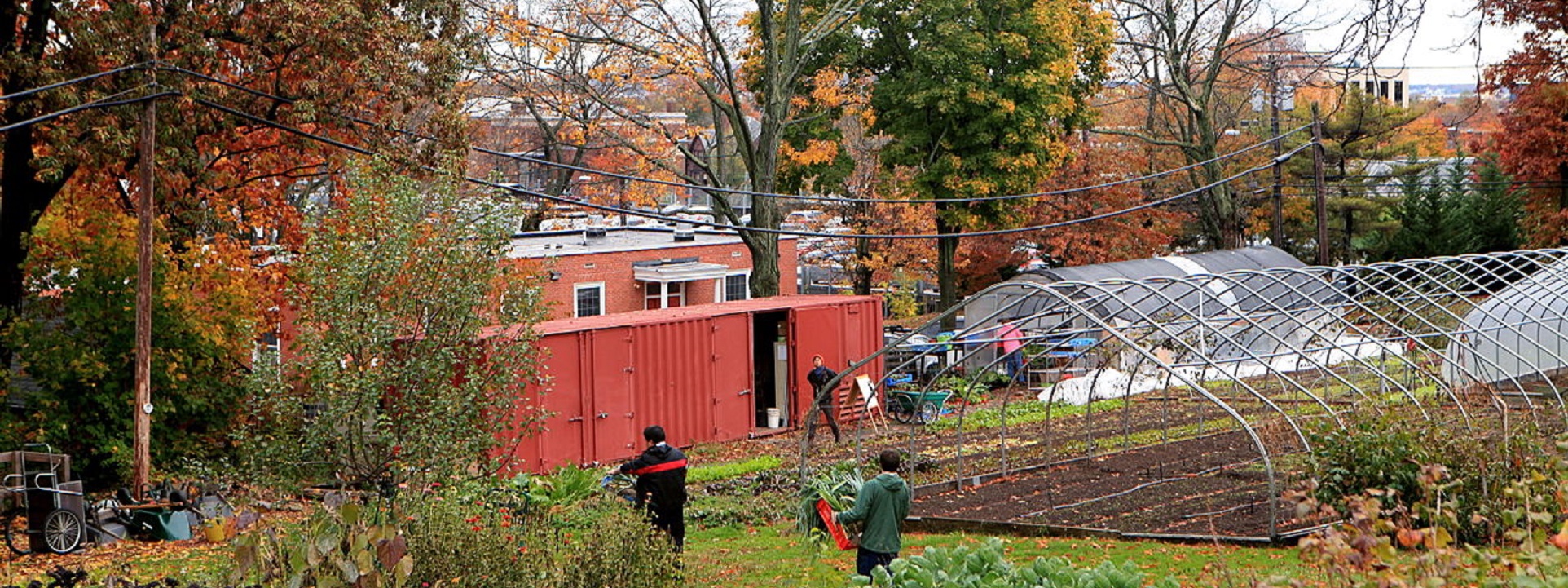Category Archives: Food/Kitchen/Farm/Agriculture
- Home
- Archive by category "Food/Kitchen/Farm/Agriculture" (Page 9)

Rooibos Tea
Rooibos tea, also known as red bush tea, is a popular herbal tea that is native to South Africa. It is made from the leaves of the Aspalathus linearis plant, which is found only in the Western Cape region of South Africa.
The plant grows in a microclimate where it is exposed to a combination of hot, dry summers and cold, wet winters, which gives it its distinctive flavor and aroma. It is used in cooking and baking, and can be found in a variety of products, including desserts, skincare products, and even beer.
EU protection for Rooibos tea is good news for South African agriculture
Amerikanische Mädchen probieren Döner!!
This content is accessible to paid subscribers. To view it please enter your password below or send mike@standardsmichigan.com a request for subscription details.
Oxford Companion to Food
The Oxford Companion to Food (3 ed.) | Alan Davidson
In 1592, during the reign of Elizabeth I, a decree was issued forbidding the sale of hot cross buns, except at burials, on Good Friday, or at Christmas.
Wishing everyone a peaceful #GoodFriday ✝️ pic.twitter.com/bgIB5gTsOv
— Katie Marshall (@KatieHistory) April 7, 2023
The Kringle, Tulips & Tea
Good morning, internet friends that live on my phone.
☕️🤍☕️🤍☕️ pic.twitter.com/Dce7XnfpPb— Heather_in_WI (@Heather_in_WI) April 14, 2025
Bibliography:
ANS Z501 and ANS Z50.2:American National Standards for Baking Safety and Sanitation
US Food & Drug Administration: CFR Title 21 Part 136 Bakery Products
IEEE: Increasing energy efficiency of the gases production process in bakery ovens
Kitchens 200
“A good home must be made, not bought.
In the end, it’s not track lighting or a sun room
that brings light into a kitchen.”
Today we examine the literature that informs the safety and sustainability of small to medium-sized food preparation occupancies. Kitchenettes are often integrated into other living spaces such as gathering space on a single floor in a dormitory (unlike the full size dormitory kitchen), the teachers or faculty lounge.
Kitchenettes usually contain basic appliances and fixtures necessary for minimal food preparation, such as a small refrigerator, microwave or toaster oven, sink, and possibly a hot plate or small stove.
Kitchenettes are primarily intended for simple meal preparation and light cooking.
Kitchenettes may have limited storage capacity, requiring users to maximize space utilization through creative storage solutions.
School districts, colleges, universities and university-affiliated hospitals typically have hundreds of them; all of which present significantly elevated hazard as the focal area for nearly all activity.
They are the locus for concentrated electrical load. Our approach will be examine case studies and reflect back to the codes and standards. Use the login credentials at the upper right of our home page.






Readings:
Kitchen Dimensions: Code Requirements & NKBA Guidelines
University of North Dakota: Sanitation & Food Safety Operating Manual
The Campus Kitchen at the University of Georgia
University of Florida: An Introduction to Shared-Use Commercial Kitchens
Related:
Kitchen Fires in High-rise Residential Buildings
Numerical Study of Kitchen Fires in High-rise Residential Buildings
Jing Liu – Peng Wang – Guangrui Song
Abstract: Open kitchen design is becoming popular in small units in high-rise residential buildings. This design increases the possibility that fires originating in the cooking area would spread beyond its origin. Effect of cabinet properties and wind on the fire hazards of open kitchen is numerically studied. It is found that if there are combustible items adjacent to the cooking area it helps the fire to spread giving a big fire and the wind may cause the fire spread vertically along the building exterior wall.
Rice
This content is accessible to paid subscribers. To view it please enter your password below or send mike@standardsmichigan.com a request for subscription details.
The Science of Food Standards
Standards and Scientific Advice on Food and Nutrition
In descending order the nations listed below are largest food exporters:
- United States: The United States is one of the largest food exporters in the world. It exports a wide range of agricultural products, including grains, meat, dairy products, fruits, and vegetables.
- Netherlands: Despite being a relatively small country, the Netherlands has a highly developed agricultural sector and is a major exporter of agricultural products. It is particularly known for its exports of vegetables, fruits, and dairy products.
- Germany: Germany is a significant exporter of food and agricultural products. It exports a variety of goods such as meat, dairy products, grains, and processed foods.
- Brazil: Brazil is one of the world’s largest exporters of agricultural commodities. It is particularly known for its exports of soybeans, beef, poultry, coffee, and sugar.
- China: China has a vast agricultural sector and is a major exporter of various food products. It exports goods like vegetables, fruits, seafood, processed foods, and tea.
- Canada: Canada is a significant exporter of agricultural products, including grains, meat, dairy products, and seafood. It has a strong presence in the global agricultural market.
- Australia: Australia is a major food exporter, known for its exports of wheat, beef, lamb, dairy products, and wine. It benefits from its vast agricultural land and favorable climatic conditions.
- France: France is renowned for its agricultural products and is a leading exporter of wine, cheese, dairy products, grains, and processed foods.
- Argentina: Argentina is a prominent exporter of agricultural commodities, particularly soybeans, wheat, corn, beef, and wine.
- Thailand: Thailand is a significant exporter of agricultural products, including rice, seafood, processed foods, and tropical fruits.
New update alert! The 2022 update to the Trademark Assignment Dataset is now available online. Find 1.29 million trademark assignments, involving 2.28 million unique trademark properties issued by the USPTO between March 1952 and January 2023: https://t.co/njrDAbSpwB pic.twitter.com/GkAXrHoQ9T
— USPTO (@uspto) July 13, 2023
Standards Michigan Group, LLC
2723 South State Street | Suite 150
Ann Arbor, MI 48104 USA
888-746-3670





























